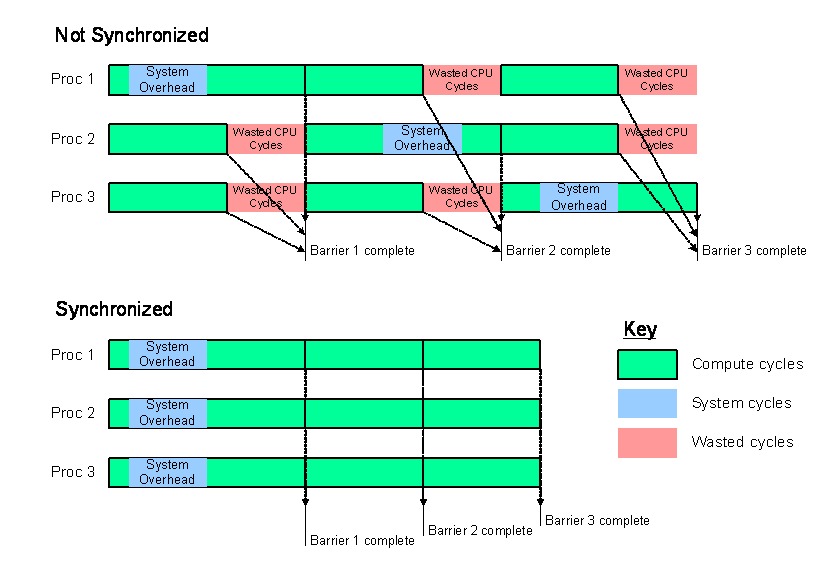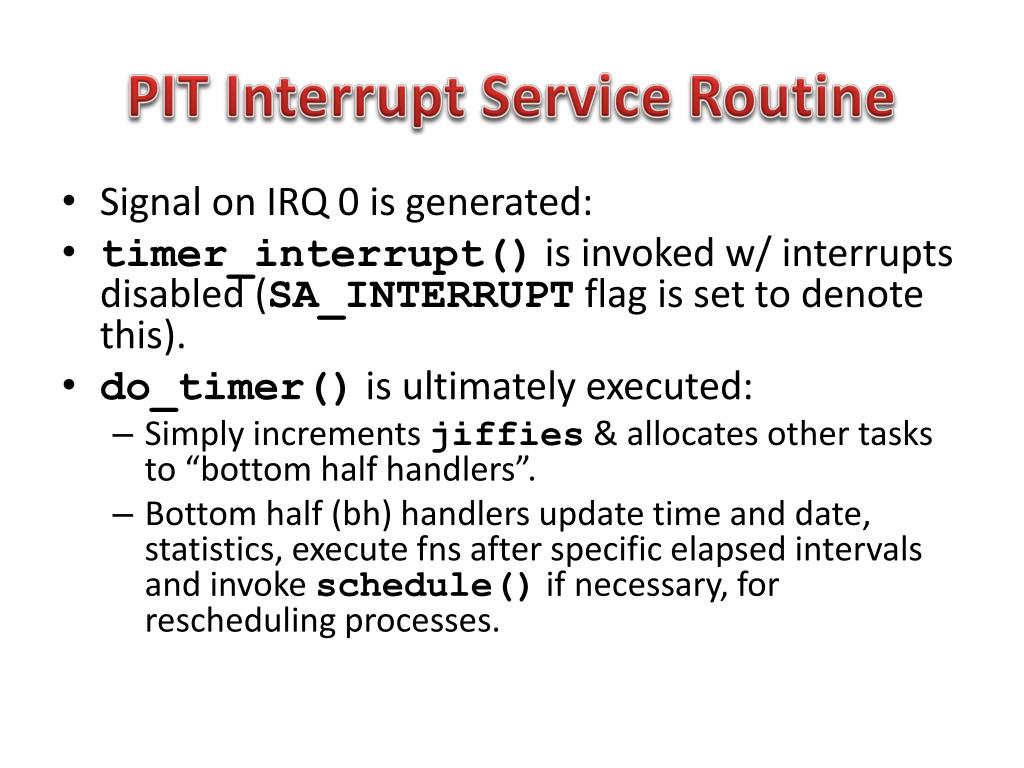

Data is read from and written to the disk buffer cache, which is periodically flushed to disk. File Bufferingįile buffering occurs at the kernel level as well as the standard library level of many languages, including C and C++’s.ĭisk buffer caches are caches that reside in main memory and are used to cache disk data. The O_APPEND flag ensures that multiple processes appending data don’t overwrite each other’s output 1. The O_EXCL flag for open() ensures that the caller is the creator of the file. The system can provide certain atomicity guarantees. There are also preadv() and pwritev() variants which take an explicit offset. For example, the readv() function reads a contiguous sequence of bytes from a file into the buffers specified. They each take a structure that specifies a list of positions to write to or read from respectively, and how much. The readv() and writev() functions can be used to perform scatter-gather I/O. The pread() and pwrite() functions can be used to read or write at an explicit offset, without consulting or updating the actual file offset.

There can also be multiple file descriptors associated with the same file that do not share the same open file description by making separate calls to open().
#Timeslice expiration linux update
This causes them to point to the same open file description, which means that they both use and update the same file offset and status flags. There can be multiple file descriptors associated with a single file in a single process either by duplicating file descriptors with dup() or dup2(), or inheriting them after a fork(). pointer to list of locks held on the file.Then each file system has a table of inodes for all files on the file system, where each entry contains: reference to the inode object for the file.

file access mode (read-only, write-only, or read-write).The kernel maintains a system-wide open file table of all open file descriptions, also known as open file handles. reference to the open file description.set of flags controlling the operation of the file descriptor, for example close-on-exec.FilesĮach process has its own file descriptor table. The root mode allows everything, while non-root mode has restrictions. For example x86 has root and non-root modes, each of which has the 4 protection levels state above. Processors often also have various protection modes. Some instructions trap into the operating system which swtiches to ring 0, which can access all resources and execute all instructions. For example x86 has 4, where ring 3 is the lowest privilege (for applications) and ring 0 is the highest privilege (for operating systems). Processors often have various protection levels. System calls can negatively impact user-mode application performance by evicting user-mode cache entries. Note : Here total IO mean the total time spent in the IO queue to this point and total CPU mean the total time spent in the CPU to this point.What follows are notes on the Linux and POSIX APIs. Here are the guidelines to calculating bonus points: Bonus points are integers range from -5 to +5 (). This is the formula used to calculate the dynamic priority:īonus points are given to processes that either use too much or too little CPU time. Before doing that, it has to calculate its new priority (sometimes called the dynamic priority). To calculate the initial (or static) priority we use this formula:Īfter a process exhausts its time slice, it will join the expired queue or go back to the active queue. Note that a priority value is a positive integer in this range Nice values are provided with the input file. CPU intensive processes typically have higher nice values while IO bound processes have lower nice values. Larger nice values correspond to a lower priority. Nice values range from -20 to +19 indicating how nice the process is. A process's initial priority (sometimes called static priority) is calculated based on its nice value. Process with a lower priority level also receives a longer time slice. Processes with a lower priority will run before a process with a higher priority. The priority levels range from 100 to 140. To calculate the time slice, we use this formula:Įach process is supplied with a priority level that ranks a process based on their worth and need for processor time. Note that time slice is a positive integer in this range. The scheduler assigns higher time slices to processes that are more interactive and lower time slices to processes that are more CPU intensive. In our simulation, the minimum time slice possible is 10ms and the maximum time slice possible is 300 ms. A time slice specifies how long the process can use the CPU. The Linux Process Scheduler uses time slice to prevent a single process from using the CPU for too long.


 0 kommentar(er)
0 kommentar(er)
